URL tracking for analytics - how to get more data from your advertising campaigns
URL Tracking for Analytics
Adding extra tracking to your URLs is an often overlooked element of setting up a digital marketing campaign. This simple bit of text will allow you to analyse and monitor not only where your clicks are coming from but also which post, individual piece of content, the target audience and more. URL tracking allows you to learn more about what works for your business online.
In this article, I refer mainly to Facebook advertising, but you can add extra tracking to both paid and organic activity wherever you post a link.
What is URL Tracking?
URL tracking is relevant to you if you’re currently monitoring analytics data on a website. The most popular service for doing this is Google Analytics. Analytics platforms work by placing code on your website, which then tracks user activity.
Most analytics platforms are able to tell you basic information, such as how long a user spends on the site, pages they visit, and where they came from. This is all anonymous and activity appears purely as numbers.
Where a user comes from is what we are interested in for this blog post. Google Analytics by default will recognise traffic from Facebook, for example, but if no further tracking is applied to your link then that is just about all that you will be able to tell.
Google UTM Tracking
One way to build this more detailed tracking is to use Google’s UTM Tracker Builder. In essence, a UTM is a tag added to the end of a URL, when users access this link, information is sent back to Google Analytics.
So let’s put this in practice for a marketing campaign. Let's say you have a Black Friday campaign selling homing pigeons – you could build a UTM tag as follows.
utm_source=fb&utm_medium=cpc&utm_campaign=blackfriday19&utm_term=pigeonfans&utm_content=bigredpigeon
Some explanation of this:
Source – This is the acronym I use for Facebook, other platforms follow a similar pattern Twitter=tw, Instagram=in etc.
Medium – This is how I tend to group all paid activity “CPC” as the medium allows me to easily break down all paid activity in Analytics
Campaign – Uses the main overall theme of the campaign
Term – I use this to separate the audiences I am targeting
Content – This is used to differentiate the performances of different ad creative.
The is just my method and you can choose a different naming system. It’s important to have consistency so that Google Analytics can group everything together when you come to analyse your data.
Here are Google’s own definitions.
UTM Tracking in practice
Using my example UTM above, say you wanted to see all activity for your 2019 Black Friday Campaign. You would be able to go to all traffic in Google Analytics and simply filter by campaign – blackfriday19. Then you would be able to filter further by source, term, content etc. You can start to see just how much more you can understand when applying this tracking.
By giving yourself the chance to understand where your traffic comes from, who is engaging the most with content, what content is driving the longest time on site etc you’re giving yourself the best chance to succeed and in the long term saving money on adverts and creative. Essentially, constant learning combined with the right strategy is going to save you money!
Pro tip: UTM tags are case sensitive so fb would not group together with FB or Fb. All those would come through to Google Analytics as different sources.
Facebook Ads Manager
The guide below refers to how to apply tracking using Facebook’s native ad manager platform. If you have a really simple ad with one audience and one creative then there is not much need to read further. If your campaign has more moving parts then read on. The advantage of using Facebook’s tracking setting is that you can easily edit the UTM tag for each different advert, so it is best applied when dealing with more than one ad set and multiple different advert creatives.
Facebook includes a tracking section when you are setting up the advert creative. The information provided in this area will feed through to your analytics platform.
You have some options here.
You can add your full link complete with UTM tag to the URL field when creating your advert in Facebook. This will work fine and you can discount this tracking section. This is probably best utilised when you only have one or two ad creatives and you don’t need to tweak the UTM tag too much.
You can add just the UTM tag to the URL Parameters box in the tracking section. You don’t need the “?” as Facebook adds this itself. Using the example above you would just change as follows.
utm_source=fb&utm_medium=cpc&utm_campaign=blackfriday19&utm_term=pigeonfans&utm_content=bigredpigeon.
Another option is to use Facebook’s auto-filling fields, which can save you some time. Using this method, campaigns, audience and ads will have to be named exactly as you want them. By default, Facebook will name adverts something like Ad1, Ad2 etc. This will be a nightmare when trying to work out what is what when you need to do reporting.
Facebook offers the following options:
ad_id={{ad.id}}
adset_id={{adset.id}}
campaign_id={{campaign.id}}
ad_name={{ad.name}}
adset_name={{adset.name}}
campaign_name={{campaign.name}}
Using the above will pull in exactly what you have named those aspects of your campaign. As Facebook explains:
“If your campaign name is Prospecting 2018 and the ad name is Holiday, the dynamic parameters would automatically pull in the appropriate values for these parameters. In this example, the URL would appear as utm_campaign=Prospecting%202018&utm_content=Holiday. You won't be able to change this parameter value once you've published the campaign.”
If you apply the above to your advertising campaigns you are providing yourself with more data to evaluate the success of your campaign as well as learnings to make each campaign better.
Get in touch
Please do let us know if you’ve any questions or thoughts in the comments below. And if you’d like some help with some of this stuff, we do it every day so don’t hesitate to get in touch.



